(1) Pure iron and low carbon steel.
The carbon content is less than 0.04%, Pure iron and low carbon steel include electromagnetic pure iron, electrolytic iron and carbonyl iron. It is characterized by high saturation magnetization, low price, and good processing performance; but its resistivity is low, and the eddy current loss is large under an alternating magnetic field. It is only suitable for static use, such as manufacturing electromagnet cores, pole shoes, relays and speaker magnetic conductor, magnetic shield.
(2) Fe-silicon alloy. The silicon content is 0.5% to 4.8%, and is generally used as a thin plate, commonly known as silicon steel sheet. After adding silicon to pure iron, it can eliminate the phenomenon that the magnetism of the magnetic material changes with the use time. As the silicon content increases, the thermal conductivity decreases, the brittleness increases, and the saturation magnetization decreases, but its resistivity and permeability are high, and the coercive force and eddy current loss decrease, so it can be applied to the AC field, manufacturing motors, transformers, Iron cores for relays, transformers, etc.
(3) Iron-aluminum alloy. Containing aluminum 6% to 16%, it has good soft magnetic properties, high permeability and resistivity, high hardness, good wear resistance, but brittle. It is mainly used to make iron core for small transformers, magnetic amplifiers, relays, etc., and magnetic head, ultrasonic transducer, etc.
(4) Sendust alloy. It is obtained by adding silicon to the binary iron aluminum alloy. Its hardness, saturation magnetic flux density, permeability and resistivity are all high. The disadvantage is that the magnetic properties are sensitive to composition fluctuations, brittleness, and poor processing performance. It is mainly used for audio and video heads.
(5) Nickel-iron alloy, with the nickel content is 30% to 90%, is also known as Permalloy. Through the alloying element ratio and appropriate technology, the magnetic properties can be controlled to obtain soft magnetic materials such as high permeability, constant permeability, and moment magnetism. It has high plasticity and is more sensitive to stress. It can be used as pulse transformer material, inductance core and functional magnetic material.
(6) Iron-cobalt alloy. The cobalt content is 27% to 50%. It has high saturation magnetization and low resistivity. It is suitable for manufacturing pole shoes, motor rotors and stators, small transformer cores, etc.
(7) Soft ferrite. Non-metallic ferrimagnetic soft magnetic material. The resistivity is high (10-2~1010Ω·m), the saturation magnetization is lower than that of metal, and the price is low. It is widely used as inductance components and transformer components.
(8) Amorphous soft magnetic alloy. A non-long-range ordered, non-crystalline alloy, also known as metallic glass, or amorphous metal. Its magnetic permeability and resistivity are high, coercive force is small, insensitive to stress, there is no magnetocrystalline anisotropy caused by crystal structure, and it has the characteristics of corrosion resistance and high strength. In addition, its Curie point is much lower than that of crystalline soft magnetic materials, and the power loss is greatly reduced. It is a new type of soft magnetic material under development and utilization.
(9) Ultra-microcrystalline soft magnetic alloy. A soft magnetic material discovered in the 1980s. Composed of a crystalline phase less than 50 nanometers and an amorphous grain boundary phase, it has better overall performance than crystalline and amorphous alloys, and its magnetic permeability is high, the coercive force is low, the iron loss is small, the saturation magnetic induction is high and the stability is good. Now the main research is iron-based superfine crystal alloys.

Other Functional Composite Materials In addition to bonded magnetic compounds, we can also cooperate with customers to develop customized functional composite materials, such as high-density compounds and metal bonded plastic. We are committed to providing customers with new user experience and different design inspiration.
 CN
CN

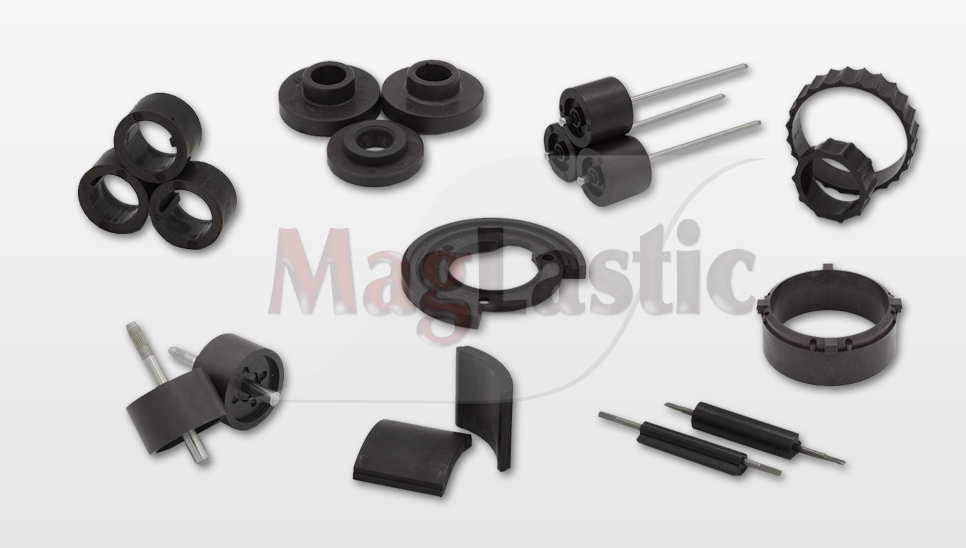
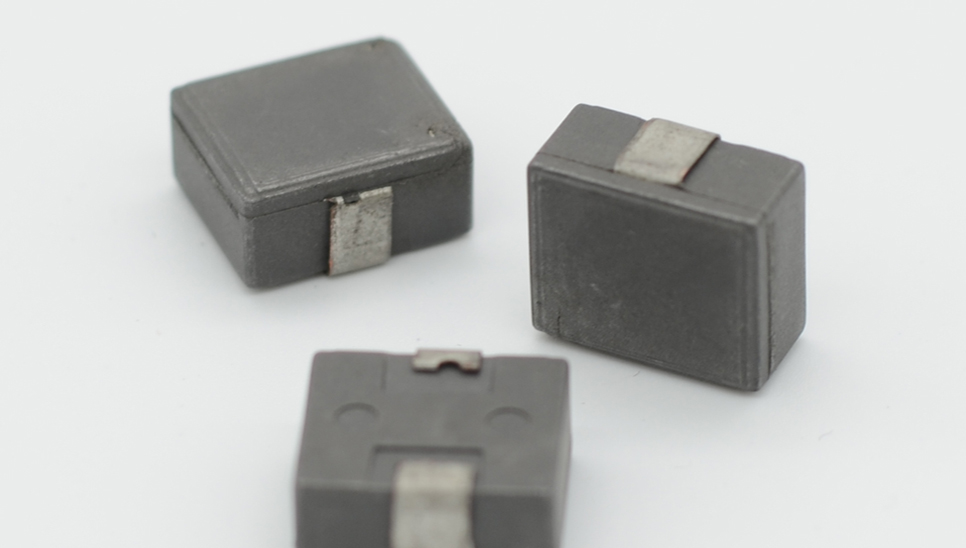
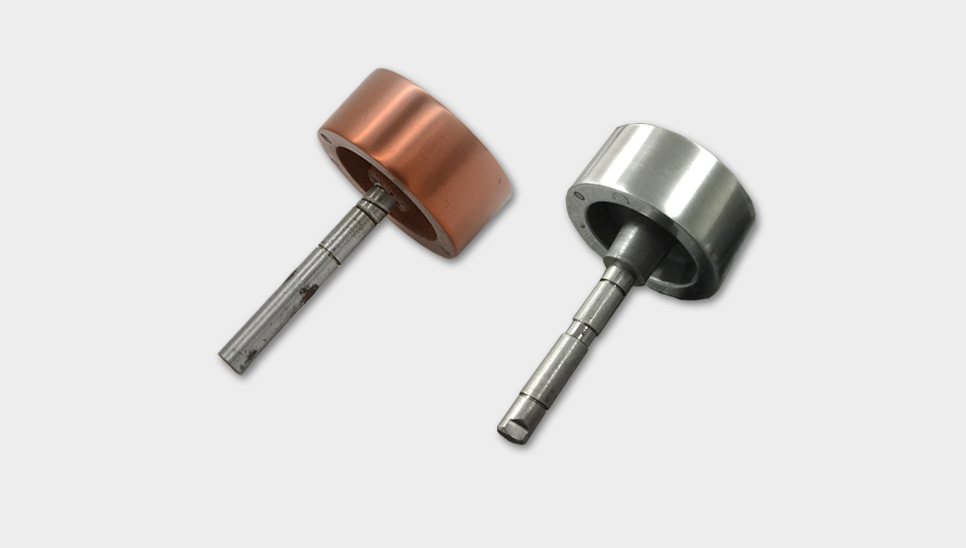
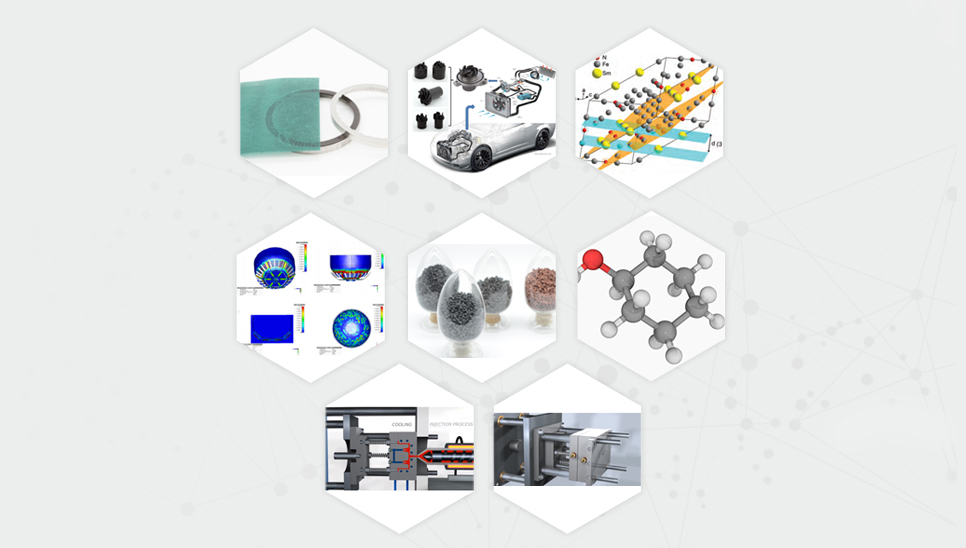

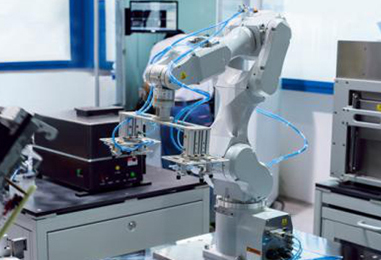
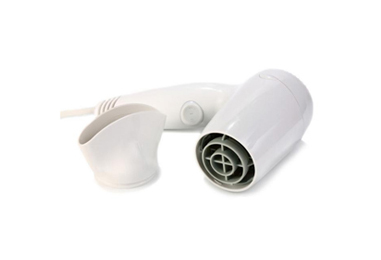
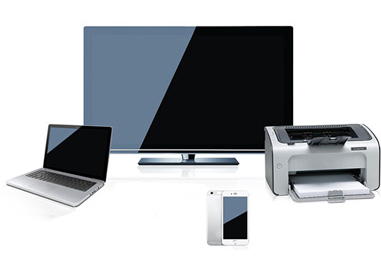
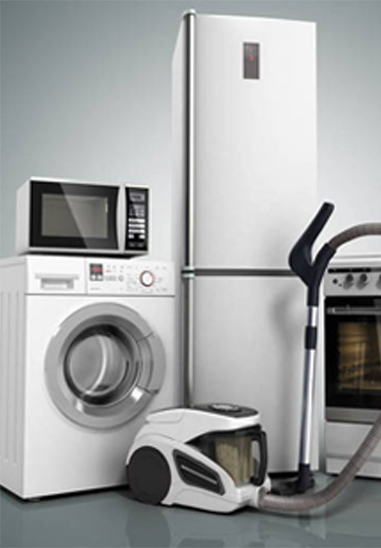

 Call us on:
Call us on:  Email Us:
Email Us:  1F, Building 3, NO.77 Gaoxin 13 road, Xiaoshan district, Hangzhou
1F, Building 3, NO.77 Gaoxin 13 road, Xiaoshan district, Hangzhou